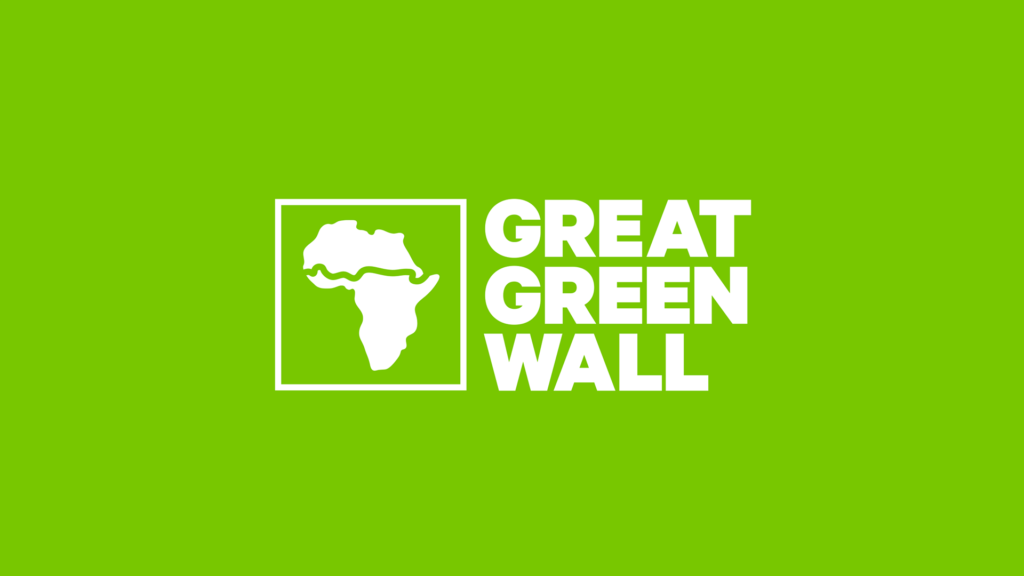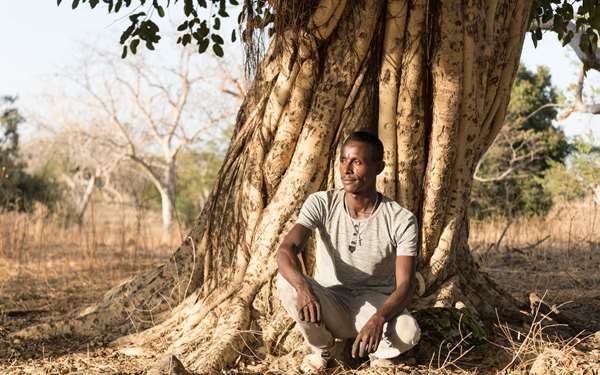In the drylands of Ethiopia and other African countries, people are living on the frontline of the climate crisis. Temperatures are rising, trees are disappearing, the land is becoming infertile and the desert is spreading. The Metema forest in northern Ethiopia is in the last green belt before the start of the desert. But it could be extinct within 20 years. This will have a devastating impact on communities who rely on the forest for food and income. There will be no buffer between them and the encroaching desert. The Metema forest is extra special because of its frankincense trees which provide a lifeline for local communities. In Ethiopia, families can sell frankincense resin for use in essential oils around the world, to make an income. Frankincense trees also boost soil fertility, are drought-hardy and can survive when other crops fail, helping families build resilience to the climate crisis.
The climate crisis, high rates of tree felling and unsustainable tapping for frankincense, is stopping the frankincense forest from regenerating.
The Great Green Wall (www.greatgreenwall.org) is an African-led movement with an epic ambition to grow a wide belt of trees, vegetation and fertile land across the Sahel. Originally envisaged as an 8,000km band of trees, this ambitious project is now much more than that. It is a beacon of biodiverse and sustainably managed land, providing nutritious food and green jobs for the millions of people living along its path. The Great Green Wall is bringing Africa’s degraded landscapes back to life and reclaiming the land for people.
The African Union (www.au.int) and the UN Convention to Combat Desertification (www.unccd.int) are working together to make this ambitious project a reality.


